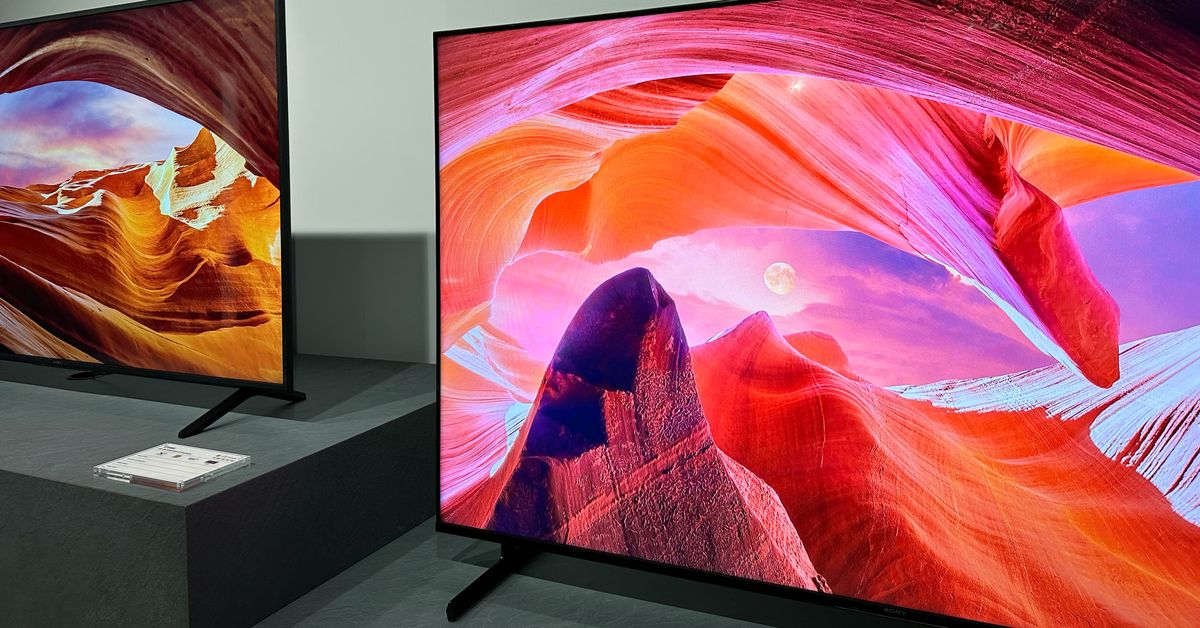Lifespan of TVs: LED, OLED, AMOLED, QLED and NanoCell tested

Currently, televisions have evolved by leaps and bounds in the last decade, offering consumers an increasingly improved visual experience and leaving behind problems of the past related to some types of screen.
However, and especially if you are thinking of buying a TV, you are surely wondering What is the lifespan of the latest technologies, such as LED, OLED, AMOLED, QLED and NanoCell.
In the end, they all have their pros and cons and, of course, they provide different qualities, but the result and consumer satisfaction also lies in how much your television will give you.
That is why, in a very simple way and without going into certain brands or separate technologies, it is time for you to know what these screens, in terms of durability, have in store for you.
- LED: brightness and resistance
- OLED: deep colors but with some problems
- AMOLED: the evolution of OLED with great improvements
- QLED: vibrant colors and incredible durability
- NanoCell: innovation in LED displays for greater durability
LED: brightness and resistance
Let’s start with the ubiquitous LED technology. LED screens have dominated the TV market for years, and Their popularity lies not only in the image quality they offer, but also in their proven durability. These displays use light-emitting diodes to illuminate the pixels.
Its durability means years of entertainment without worrying about degradation of visual quality. However, It is essential to remember that factors such as brightness and temperature can influence the longevity of an LED screen.
- Durability: maintains maximum brightness between 40,000 and 60,000 hours, that is, between four and six years.
OLED: deep colors but with some problems
On the other hand, this technology has gained ground thanks to exceptional color reproduction and deep blacks. However, The durability of OLED screens has been the subject of debate.
Unlike LED displays, OLEDs do not use a backlight source, meaning each pixel emits its own light. This can lead to uneven wear over time, especially for those who enjoy DTT and see logos getting stuck on their screens.
Despite this, Compensation technologies and manufacturing advances are improving the endurance of OLED displaysand many current models offer a greatly improved useful life.
- Durability: reaches 100,000 hours or what is the same, having the TV on for 10 hours a day for 30 years.
AMOLED: the evolution of OLED with great improvements
AMOLED screens, an evolution of OLED, have solved some of the durability problems inherent to its predecessor.
By incorporating technologies such as pixel shifting and image retention reduction, AMOLED screens have greatly improved their wear resistance. Although they may still face certain issues, such as burn-in, manufacturers have implemented measures to mitigate these risks and offer a competitive lifespan.
- Durability: They could have a lifespan similar to or longer than OLEDs, reaching 100,000 hours or more.
QLED: vibrant colors and incredible durability
QLED displays, backed by tech giants like samsung, have gained popularity thanks to their ability to produce vibrant and luminous colors.
These displays use quantum dots along with LED backlighting, giving an attractive alternative to OLEDs. In terms of durability, QLED displays offer a comparable lifespan to LEDs as they share the same lighting technology. However, It is crucial to note that image quality and overall performance can be affected by external factors.
- Durability: a life of 30,000 hours, that is, 10 years with an average of eight hours of screen on.
NanoCell: innovation in LED displays for greater durability
Finally, let’s look at the NanoCell displays, a technology developed by LG. These displays represent an evolution of traditional LEDs, using nanoparticles to improve color purity and contrast.
NanoCell technology seeks to offer more accurate colors and greater durability. Although they share similarities with LED screensits focus on visual quality could make its long-term performance worthy of attention.
- Durability: NanoCells should have a lifespan of at least 100,000 hours, offering good durability.
With all this, comment that if your television is more than five years old, it may be time to update it. Advances in panels in recent years have improved the image quality of the screens, making it a perfect period to make the transition. This makes a new television consume and look much better than an old one.
Despite what has been mentioned, It is always advisable to consult the manufacturer’s specifications for detailed information about the useful life and performance of a specific television.



